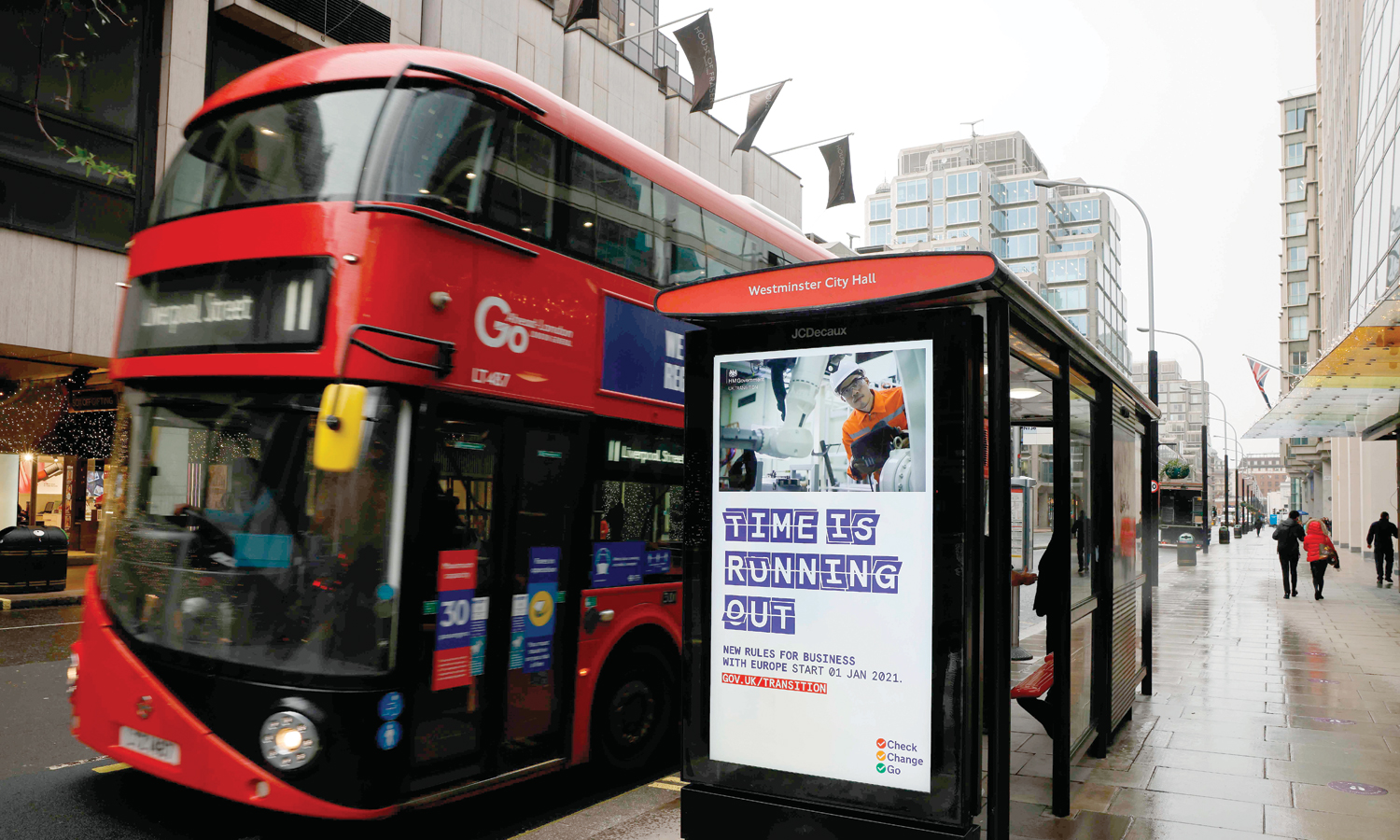

LONDON: London will be placed in the toughest tier of COVID-19 restrictions following a sharp rise in coronavirus infection rates, the Daily Mirror reported on Monday, as one of the world’s richest cities struggles to contain the disease.
Earlier this month, the government implemented a three-tiered system of restrictions in England to try to keep a second wave of the virus under control following a month-long lockdown. More than 40 per cent of citizens were placed in the highest risk category.
However the capital, whose 9 million people and world-leading financial centre make it the engine of the British economy, is currently only in the second-highest tier of restrictions.
The Daily Mirror reported that Health Secretary Matt Hancock told lawmakers on a briefing call that London would be moving into the top tier, citing those on the call.
A countrywide review of the tier system was initially scheduled to take place on December 16.
The main difference between the top two tiers is that bars and restaurants, which can stay open under certain conditions in tier two, must close their doors in tier three and can only operate takeaway services.
There are also additional restrictions on socialising, but workplaces and schools are told to remain open.
“Moving into Tier 3 before Christmas will be deeply disappointing for Londoners, and a terrible blow to the capital’s hospitality, leisure and cultural sectors,” said John Dickie, Director of Strategy and Policy at business campaign group London First.
London was one of the first parts of the country to be hit by the coronavirus during the initial March-to-May peak, but until recently a second wave has been more concentrated in northern and central England.
Data published last week showed case rates per 100,000 people in London stood at 191.8, putting the city ahead of regions that have stricter rules in place, such as the West Midlands.
Based on that data, the government raised concerns about the spread of the virus in London schools and announced a programme of mass testing. Two regions of the capital have unilaterally decided to close their schools altogether.
VACCINE DELIVERY
Meanwhile, National Health Service (NHS) England said that more than 100 parts of the country are taking delivery of the vaccine.
They will be working from newly set up local vaccination centres in villages, towns and cities covering every part of the country due to the special storage requirements of the Pfizer/BioNTech vaccine.
Nurses, paramedics, pharmacists and other NHS staff will work alongside general practitioners to vaccinate those aged 80 and up, as well as care home workers and residents, in the new drive.
Previously, only patients in hospitals received the jabs.
In Scotland, residents in care homes will begin receiving the vaccine from Monday after the Scottish government received confirmation that the Pfizer vaccine can be “packed down.”
The vaccines arrived in deep-frozen packs containing 975 doses at minus 70 Celsius, which previously meant they could not be split down into small batches to be taken to individual care homes. — Reuters/dpa
But the Medicines and Healthcare Products Regulatory Agency has said the vials can be transported in an unfrozen state for up to 12 hours and also stored undiluted for up to five days, allowing health workers to distribute them to practices.
It has not been confirmed when general practitioners will start administering the vaccine in Scotland. Doctors told dpa last week that they expect it will be from January.
Over in Wales, a Welsh government spokesperson said that general practitioners are waiting for the approval of a different vaccine, from Astrazeneca and Oxford, before they start administering it to patients. — Reuters/dpa
Oman Observer is now on the WhatsApp channel. Click here



